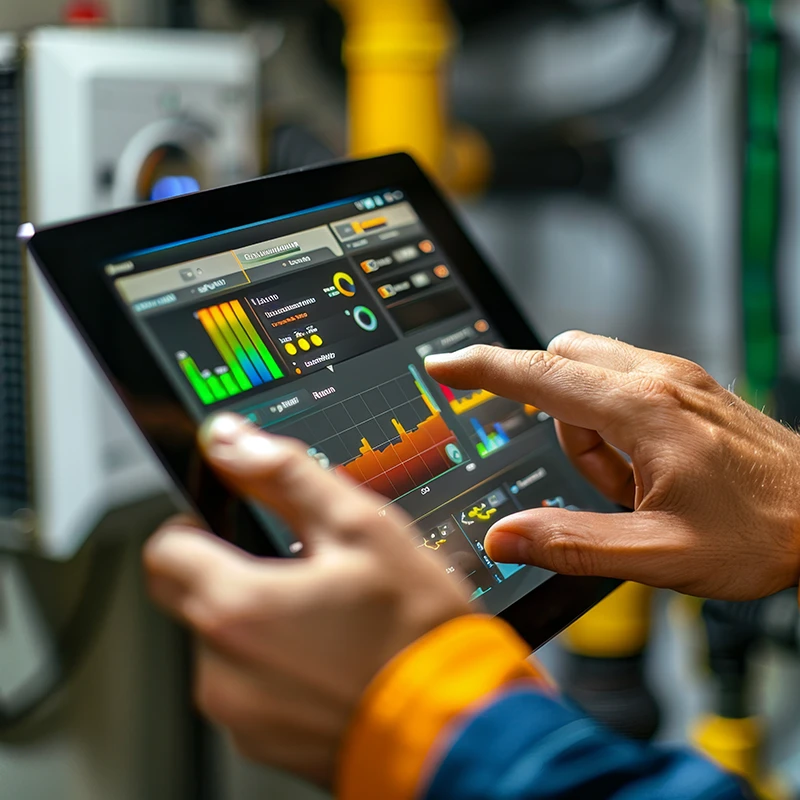Ai Energy Management System
Ai EMS
Sanctum Energy is developing an AI-powered IoT solution for Renewable Energy sites and EV Charging Hubs. This will allow for businesses to reduce operations and maintenance (O&M) costs while enhancing efficiency. We will target micro-to-large grid operators across the UK and Scotland, focusing on large scale infrastructure sites. Providing solutions for O&M challenges, and technology readiness, prioritising those lacking real-time monitoring and predictive maintenance.

Use Case - Solar
Our AI-driven Energy Management System revolutionises Operations and Maintenance for solar farms with automated soiling detection and predictive cleaning recommendations, boosting energy yield and cutting maintenance costs. Our O&M model will incorporate the Ai elements which is wrapped up in to the monthly fee. This is to cover the cost of the hardware and maintenance. This includes annual site visits, drone surveys, LV testing, and compliance certification.
It adds real-time soiling detection hardware for efficiency optimisation and reduced downtime. By combining advanced AI technology with proven O&M strategies, we deliver smarter, cost-effective solutions for sustainable energy management.

Use Case - EV Charging
The system will allow EV Operators to manage their sites more efficiently providing real time data. The system will divert power from BESS to the charging based on current market prices and volume of energy stored. This will allow operators to reduce their overall charging costs. The system will use OCPP to communicate with the charging infrastructure in real time bi-directionally. We can set timers on the charging to minimise cost impact of charging. Blending your charging infrastructure with renewable energy sources such as Wind, Solar and BESS will drastically reduce your costs.

Use Case - Farming
As a compliment to our Ai System, we would install various types of sensors across farming sites. This allows us to compare live data against historical data and provide farmers with options to make real time decisions to improve yield or prepare for eventual situations. We are going to be testing these scenarios in a live environment over the next year. To ensure that our system is fully operational and ready to be rolled out across the agricultural industry.







